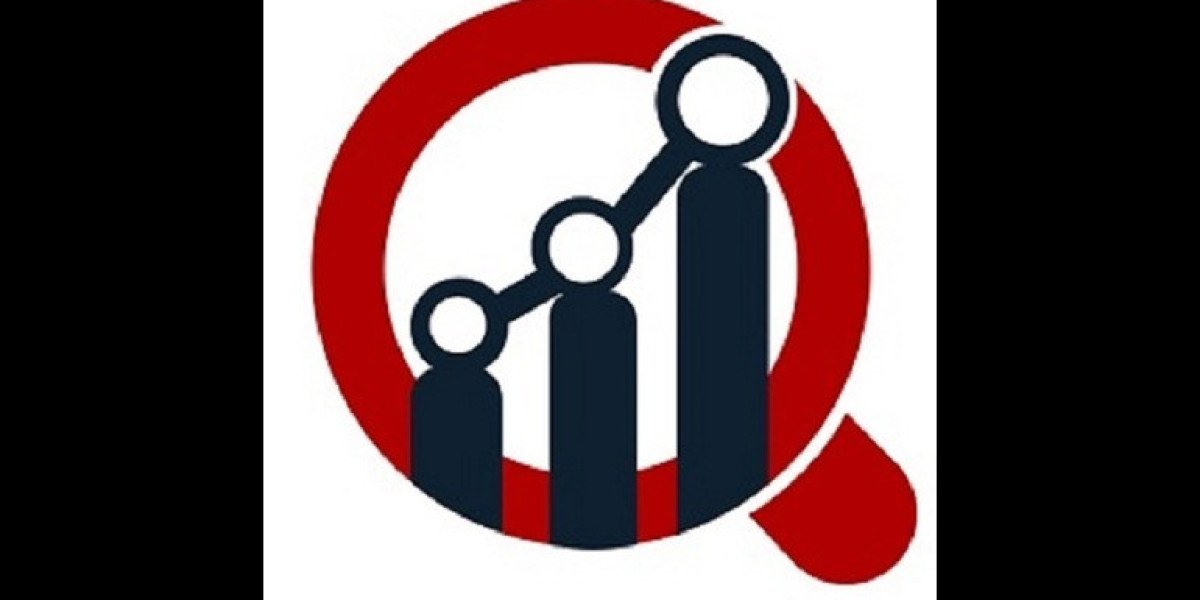Navigating the Property Insurance Market: Trends, Challenges, and Future Outlook
The Property Insurance Market is experiencing significant transformations as it adapts to evolving risks, technological advancements, and changing consumer expectations. Property insurance plays a crucial role in safeguarding assets against unforeseen events, and its landscape is continuously evolving to meet emerging challenges.
Market Dynamics and Growth Drivers
Several factors are influencing the growth and evolution of the property insurance market:
Climate Change and Natural Disasters: Increasing frequency and severity of natural disasters, such as wildfires and floods, are driving demand for comprehensive property insurance coverage. For instance, recent wildfires in California have led to significant losses, prompting insurers to reassess their risk models and pricing strategies.
Technological Advancements: The integration of technology in property insurance is enhancing underwriting processes, claims management, and customer service. Innovations like smart home devices and data analytics are enabling insurers to offer personalized policies and proactive risk management solutions.
Regulatory Changes: Governments worldwide are implementing stricter building codes and environmental regulations, influencing insurance policies and coverage requirements. These regulations aim to mitigate risks and promote sustainable practices in property development and maintenance.
Emerging Trends in Property Insurance
The property insurance industry is witnessing several key trends:
Digital Transformation: Insurers are increasingly adopting digital platforms for policy management, claims processing, and customer engagement. This shift towards digitalization is improving efficiency and accessibility for policyholders.
Usage-Based Insurance: Some insurers are exploring usage-based models, where premiums are determined based on the actual usage or occupancy of the property. This approach offers flexibility and can lead to cost savings for policyholders.
Collaborations with Fintech: The rise of Digital Payment solutions is facilitating seamless premium payments and claims disbursements. Additionally, the adoption of Real Time Payment systems is enhancing the speed and efficiency of financial transactions within the insurance ecosystem.
Challenges Facing the Property Insurance Market
Despite its growth, the property insurance market faces several challenges:
Underinsurance: Many property owners remain underinsured, leaving them vulnerable to significant financial losses in the event of a disaster. Educating consumers about adequate coverage is essential.
Cybersecurity Risks: As properties become more connected through smart devices, the risk of cyberattacks increases. Insurers must develop policies that address these emerging threats.
Market Volatility: Economic fluctuations and market uncertainties can impact the affordability and availability of property insurance, especially in high-risk areas.
Future Outlook
The property insurance market is poised for continued growth, driven by technological innovations, regulatory developments, and an increased focus on risk management. Insurers that embrace digital transformation, offer flexible coverage options, and collaborate with fintech solutions will be well-positioned to meet the evolving needs of policyholders.








